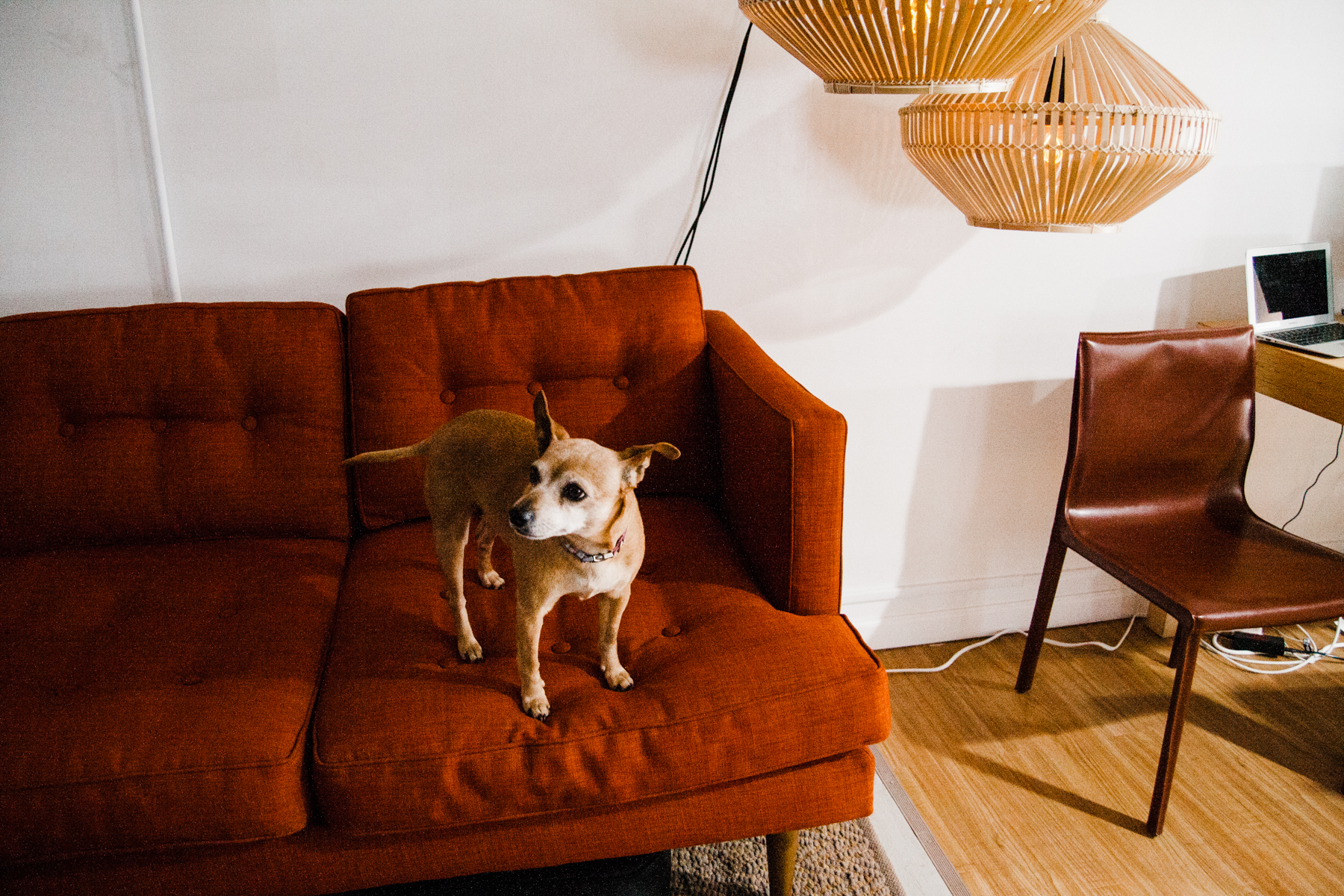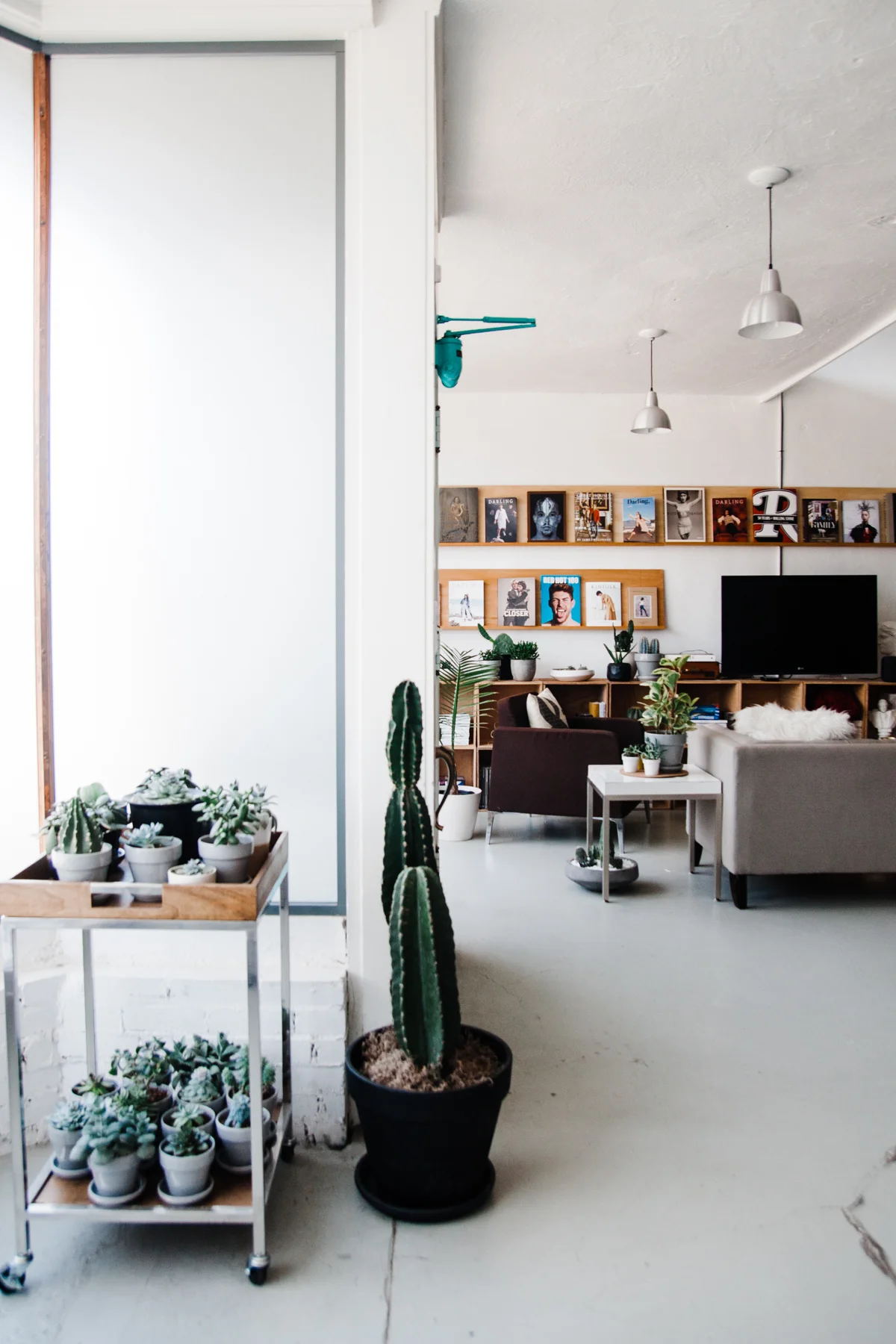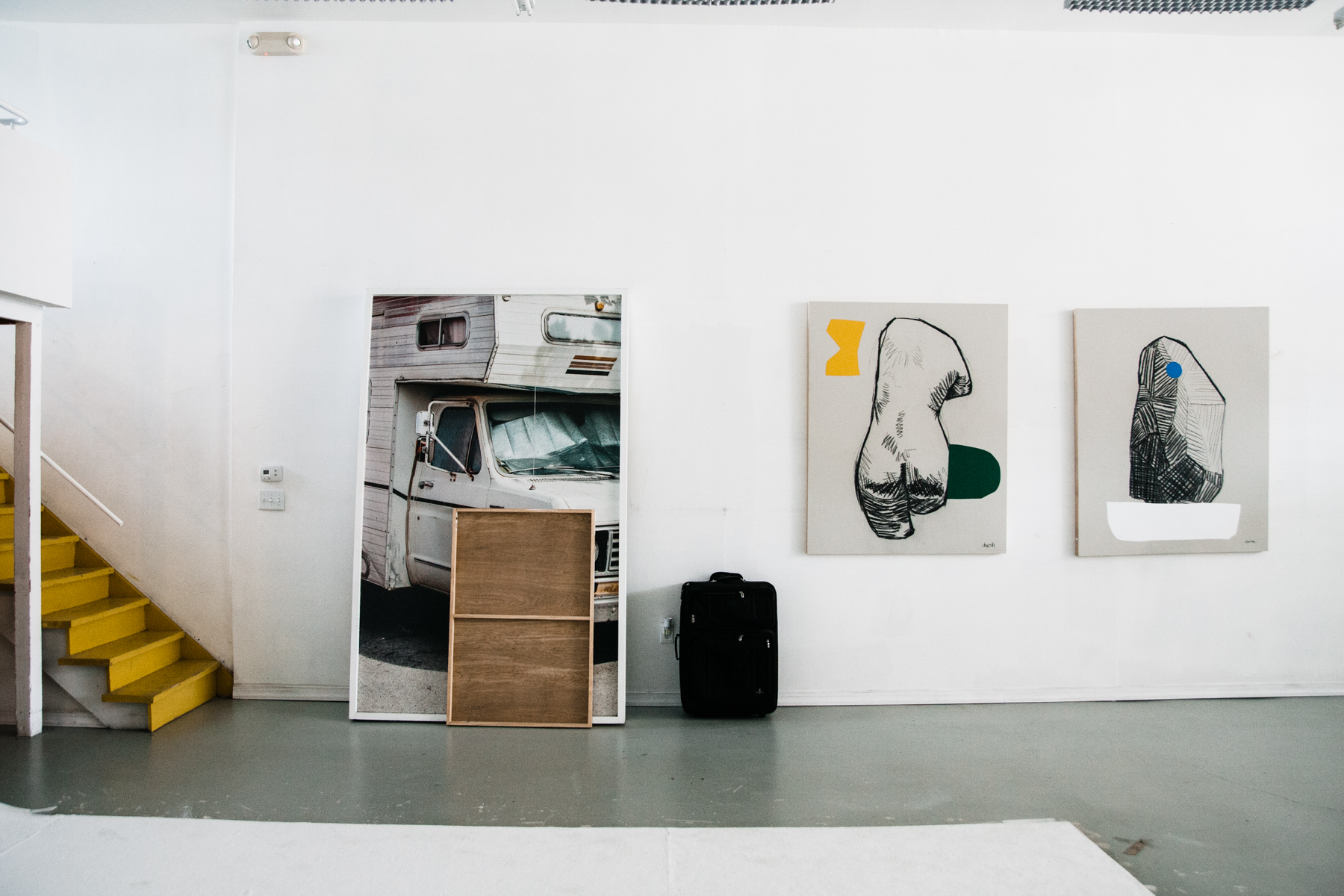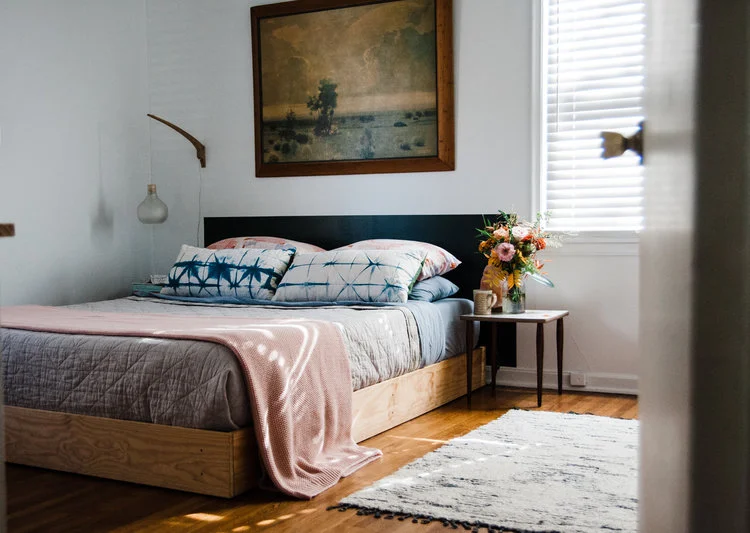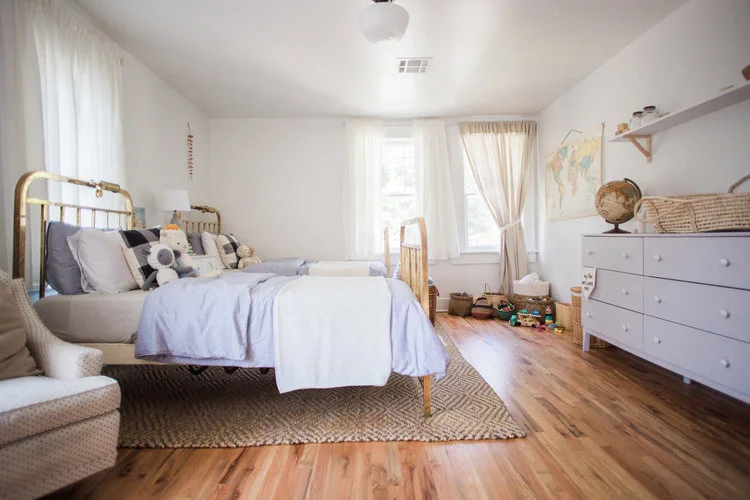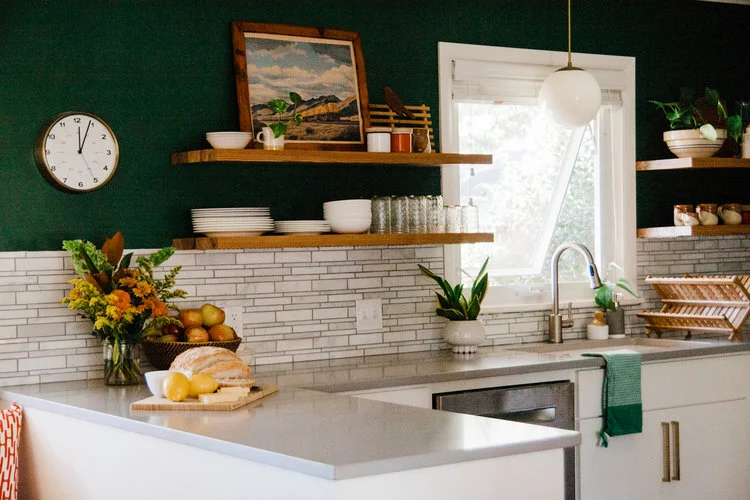Fire Thief Studio Tour: An Industrial, Rustic Modern Workspace
/Tell us a little bit about Fire Thief. About four years ago, Sterlin Harjo and I went out on a limb and decided to start a Native Owned production company. We concentrate on documentary filmmaking. Our flagship project is a documentary style TV program for the Cherokee Nation, but we are also producing work for various clients, and our own documentary films.
What is your role at Fire Thief? I do a wide variety of things, from directing, producing, and shooting, writing and developing projects, on top of the duties of running a business. Sterlin is writing and directing his own projects and is making a lot of headway in the film world.
Why did you decide to locate your studio in the Kendall Whittier area? I started the shared studio space Loose Leaf Co. with several photographers years ago. We used to office in the Blue Dome, but rent went up, and we found a new home in the emerging Kendall Whittier neighborhood. At the time, it was pretty empty, but now it’s completely transformed and full of businesses and artists.
Do you know anything about the building's history? Yes, we occupy two spaces. This building used to be a grocery store originally, and then became an office supply store. You can see the remnants of the signage that once covered the transom, one of our collaborators Darshan Phillips reimagined it as a facade for a moveable wall.
How long have you all been in your studio? Loose Leaf moved in about six years ago, and when we started FireThief in 2014, we took over the lease of the adjoining space and connected them with a door.
What do you love most about the space? It has taken years for FireThief to transform into its current state, as we renovated as we grew. We repurposed a lot of materials, mixing a modern, industrial, and folky feel to create something eclectic. Everything here has a story to it. For example, there are two lamps made of cypress knees. When I was growing up, my grandparents had a cypress knee doorstop. When my Granny passed away I wanted it. Then I patiently hunted down lamps made of them to complement it. So, it’s a nod to a childhood memory.
Tell us about the lounge area filled with Native American artwork/artifacts. We call it the Pretendian Archives. Since we are a Native owned company, we use the decor to make a statement about stereotypes. We find kitschy items and use them to spark a conversation about Native identity. We have a “Cherokee Warrior” doll, for example–and nothing about it is Cherokee. Some items are silly, some are genuine.
Who took the lead in decorating the studio? FireThief decor is basically my pet project. Some people don’t find it tasteful, but it makes me happy.
We know you've incorporated vintage items in the studio–tell us about your favorite find. We have a hairpin coffee table, a mod chair and a cypress lamp that set the tone for the decor early on. All found at Retro Den.
Favorite places to find furniture and decor in Tulsa? We just explore vintage stores, antique malls and flea markets, and when something strikes a chord, we jump on it. Retro Den is always my first stop. I like to stop in and touch base with Ashley and Ashley every so often.
How would you describe the studio's aesthetic? Eclectic.
Why do you think it's important, worthwhile, to have a beautiful workspace? We get business done, but we want people to feel at home here. It’s a place you can relax. There are little visual tidbits for visitors to explore too, which is fun. We have guitars, a banjo, a fiddle, a ukulele for impromptu jam sessions. A lot of us have kids, so we made little spaces for them too. There is a play area under the stairs with a little kitchen, and lounge upstairs for the kids to relax. It makes the work/life balance easier.
Why do you think it's important to have vintage pieces in your space? Bringing vintage into the space was very important. We are storytellers, and vintage items tell a story of the past. Plus it’s more comfortable and welcoming than modern decor.
What do you love about Tulsa right now? Things have changed a lot in the last 10 years, and it’s great. Tulsa is becoming a place for artists.
Rolling walls that help segment work spaces when needed.
A wall of art and objects they call the Pretendian Archives. As a Native owned company, decor offers an opportunity to open discussion about stereotypes.
See that sweet little play kitchen? Just one effort to make work and life balance achievable.
This is a little tv and video game space. Fun!
Also dog lounge.
Sound booth! Table and lamp from Retro Den!
Oh! Those yellow stairs.
The other side of the studio where most of the space is dedicated to a photography space.
How about those cool bookshelves?
We do collaborative interior design.
Our sessions are fun, collaborative and end in a beautiful space!





















